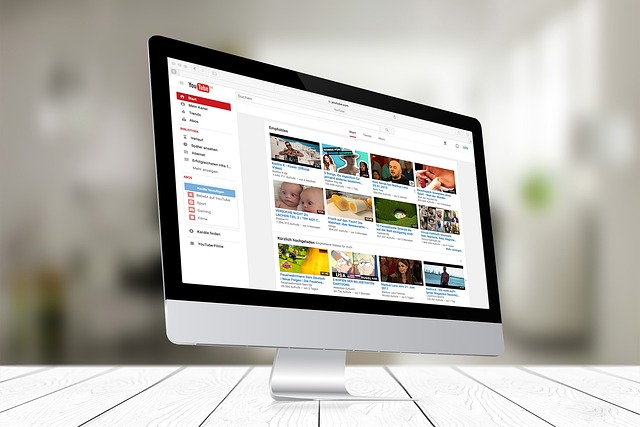Starting a YouTube channel can be a fun and rewarding endeavor for several reasons. However, it’s important to note that building a profitable YouTube channel takes time, effort, and consistency. YouTube has billions of users worldwide, offering a massive potential audience for your content. With the right marketing strategies and quality content, you can attract viewers interested in your niche from all around the globe.
Monetization Opportunities:
Once you meet YouTube’s eligibility requirements (generally 1,000 subscribers and 4,000 watch hours in the past 12 months), you can apply to monetize your channel through the YouTube Partner Program. This allows you to earn money through ads displayed on your videos.
In addition to ad revenue, you can generate income through other means on your YouTube channel, such as sponsored content, affiliate marketing, merchandise sales, and crowdfunding platforms like Patreon.
Here’s a step-by-step guide to help you get started:
1. Plan Your Content
It’s essential to focus on creating high-quality, engaging content that sets your channel apart. Identify Your Target Audience: Understand who your viewers will be and what type of content they enjoy.
Define Your Niche: Choose a topic you’re passionate about and that has a potential audience. This could be anything from cooking, fitness, and beauty to tech reviews, gaming, or educational content.
Posting tutorials and DIY projects often have long-term appeal, as people continue to search for inspiration and instructions for various topics over time. Once you publish a video, it can continue to generate views and revenue for months or even years to come.
2. Set Up Your Channel
- Create a Google Account: You’ll need a Google account to sign in to YouTube.
- Create Your Channel: Go to YouTube, click on your profile icon, and select “Create a channel.” Follow the prompts to set up your new channel.
- Channel Name and Branding: Choose a memorable channel name and create a logo and banner that reflect your brand. Consistent branding helps build recognition.
A successful YouTube channel can help you build a personal brand and establish yourself as an authority in your niche. You can engage with your audience through comments, live streams, and social media, fostering a sense of community around your channel.
3. Equipment and Software
- Camera: A good camera is essential for high-quality videos. You can start with a smartphone camera or invest in a DSLR.
- Microphone: Clear audio is crucial. Consider getting an external microphone for better sound quality.
- Lighting: Good lighting makes a big difference. Natural light or affordable ring lights can improve video quality.
- Editing Software: Use video editing software like Adobe Premiere Pro, Final Cut Pro, or free options like DaVinci Resolve or iMovie to edit your videos.
4. Content Creation
- Script and Plan: Plan your videos ahead of time. Create scripts or outlines to keep your content organized and engaging.
- Shoot Your Videos: Record your content, paying attention to framing, lighting, and audio quality.
- Edit Your Videos: Edit to remove any mistakes, add transitions, music, and other elements to make your video more engaging.
5. Upload and Optimize
- Upload Videos: Click on the “Upload” button on YouTube, choose your video file, and follow the prompts to upload.
- Title and Description: Write a catchy title and detailed description with relevant keywords to help your videos rank in search results.
- Tags and Thumbnails: Use tags to help YouTube understand what your video is about. Create custom thumbnails to attract viewers’ attention.
6. Promote Your Channel
- Social Media: Share your videos on social media platforms to reach a broader audience.
- Engage with Viewers: Respond to comments, ask for feedback, and engage with your community to build a loyal following.
Opportunities for Collaboration:
Partner with other YouTubers to reach new audiences and grow your channel. As your channel grows, you may have opportunities to collaborate with other creators, brands, and businesses in your industry. Collaborations can help you reach new audiences and create additional revenue streams through sponsored content and joint projects.
7. Monitor and Improve
- Analytics: Use YouTube Analytics to track your performance, understand viewer behavior, and identify what’s working.
- Consistent Posting: Upload regularly to keep your audience engaged. Consistency helps build your channel over time.
- Learn and Adapt: Stay updated on YouTube trends, algorithm changes, and best practices. Continuously improve your content based on feedback and analytics.
Starting a YouTube channel takes time and effort, but with dedication and creativity, you can build a successful and rewarding presence on the platform.
Diversification of Income:
By diversifying your income streams (e.g., ad revenue, sponsored content, merchandise sales), you can reduce reliance on any single source of income and increase your overall profitability.
